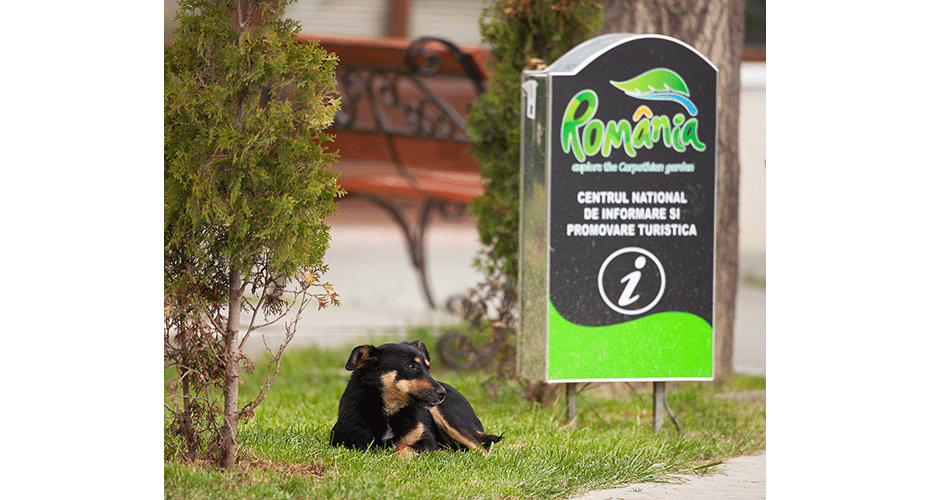Tails from the streets
Watch video
During the EASE team's research trip to Romania in 2017, we collected audio-visual footage of dogs in different situations. Some of this footage has been collated here in a short film which introduces viewers to the different situations faced by dogs in Romania, and invites viewers to consider these situations from a canine perspective.
Tails from the Streets from EASE on Vimeo.
Using trans-species ethnography to document, understand and help mitigate the ‘stray dog problem’ in Europe
Tails from the Street is concerned with documenting and understanding the lives of former stray dogs (where ‘stray’ is defined as a free roaming dog, not under the control of a human). Phase 1 took place during an intensive period of pilot research in Romania (2-14 April 2017) and sought to investigate and understand the impact of the 2013 Stray Dog Euthanasia Law (SDEL) which was passed by the Romanian government in response to growing concerns regarding the number of stray dogs living in the country, and the perceived threats they posed to humans. During the SDEL (or ‘cull’), tens of thousands of strays were rounded up and either killed or placed in temporary shelter accommodation. In response, NGOs and individuals in Romania and internationally attempted to save as many dogs as possible.
The aim of this piece of pilot research was to assess the wider impacts of the SDEL, both for the canine survivors of the cull, and for those humans who were involved, either as perpetrators, rescuers or passive observers. The project team were concerned with asking the following questions: What has happened to the dogs who survived the cull? How have their lives changed? Whose responsibility are they? Do those responsible for their care have the necessary resources to provide an appropriate level of care? What other measures have been implemented to manage stray dogs? Has the cull had the desired effect (reducing the number of strays in the country)? What can be done to improve dog welfare now and in the event of future attempts at population control? How do those dogs who remain strays interact with humans in different contexts? How has the situation been felt by those working on the front line (both public officials and private organisations and individuals)? What changes need to occur to make their jobs manageable? How do Romanians who were not actively involved with the cull feel about the disappearance of the dogs from their streets?
The project team (Samantha Hurn [PI], Tom Rice, Alexander Badman-King, Jessica Groling, Teo Manea, Fenella Eason, Ivan Tacey, Alexandra Onofrei, Chris Calvert) utilised a range of methodological approaches including interviews, participant observation, audio-visual recording and media analysis. The perspectives of the canine participants will also explored via a range of methodologies a novel computer programme (currently being developed by Steve North) which will analyse photographs and videos of dog behaviours so as to enable the dogs to speak for themselves.
This pilot project, and the individual dogs encountered during the research, were documented by a professional photographer and wildlife documentary film-maker, Simon King OBE, and while some of Simon’s images can be viewed on the EASE website, others will be the focus of an exhibition (further details of which will be posted here soon).
In November 2018, the EASE team working on this project launched two online surveys, in order to collect data for this research.
Have you fostered or adopted a former Romanian street dog?
https://www.surveymonkey.co.uk/r/BWMS35N
Have you encountered former Romanian street dogs in a professional capacity?
https://www.surveymonkey.co.uk/r/LG66MHM
If either of the above apply to you, we would be extremely grateful if you could spend a few minutes completing the relevant online questionnaire.

